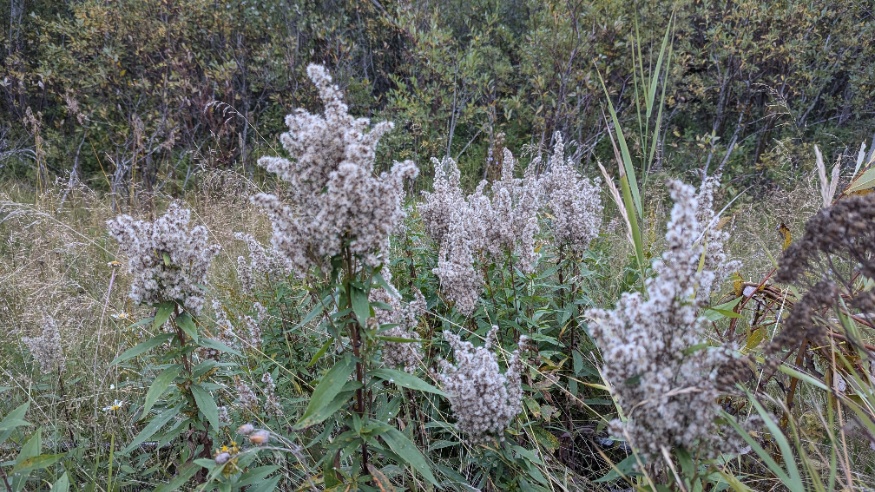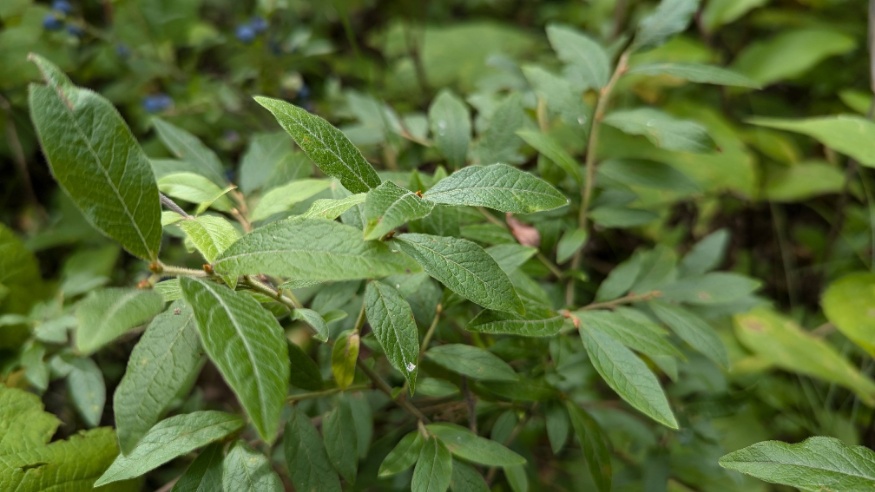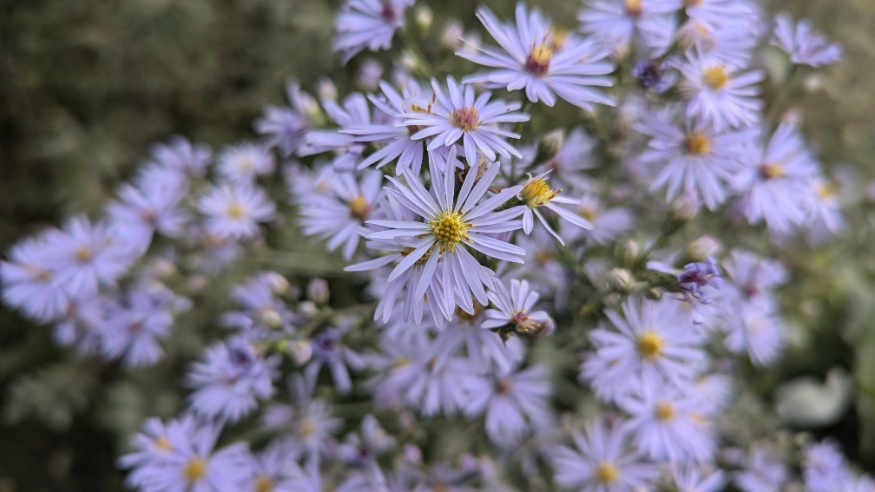Eastern Redbud
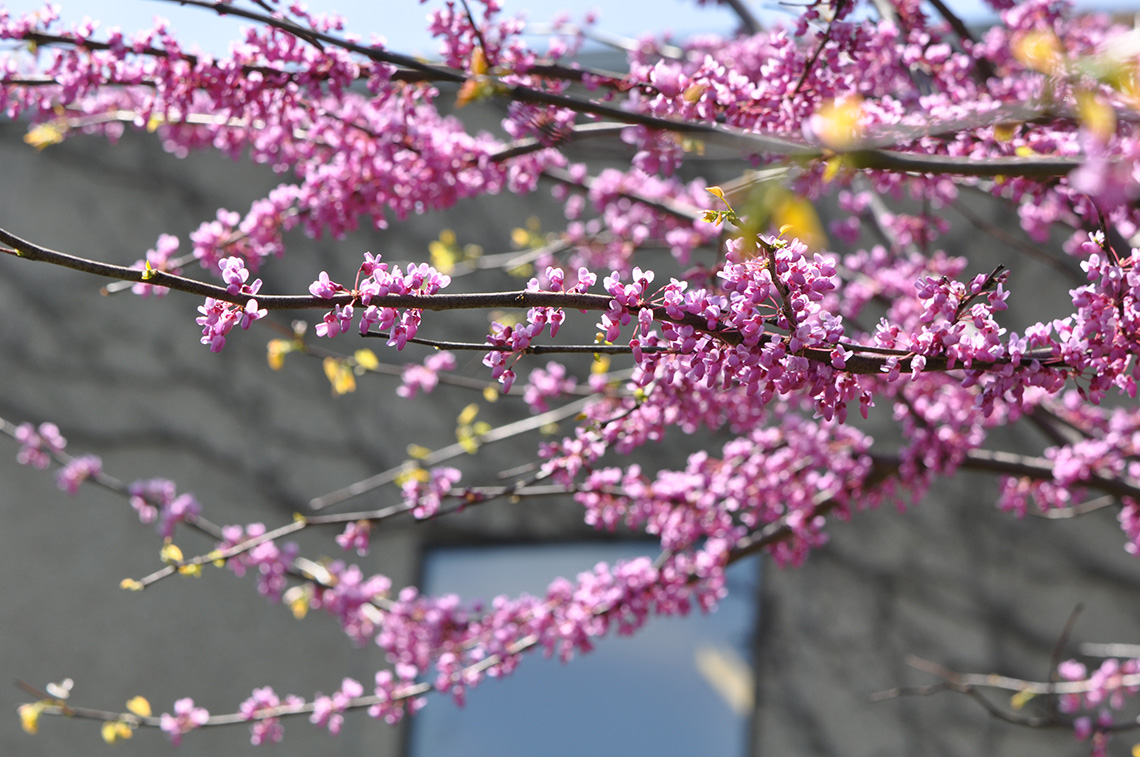 Botanical Name: Cercis canadensis
Botanical Name: Cercis canadensis Family: Fabaceae Native to: Eastern North America
Hardy to zone: 6
Eco benefits: edible parts
Natural habitat: understory
Shapes: irregular
Growth rate: medium
Lifespan: 50-70 years
Unique attractions: fall colour, flowers
Tolerances: pest & desease
Common uses: landscaping
Light: full sun, partial shade
Transplanting: easy
Soil: moist and fertile, well drained, tolerates heavy clay, ph adaptable
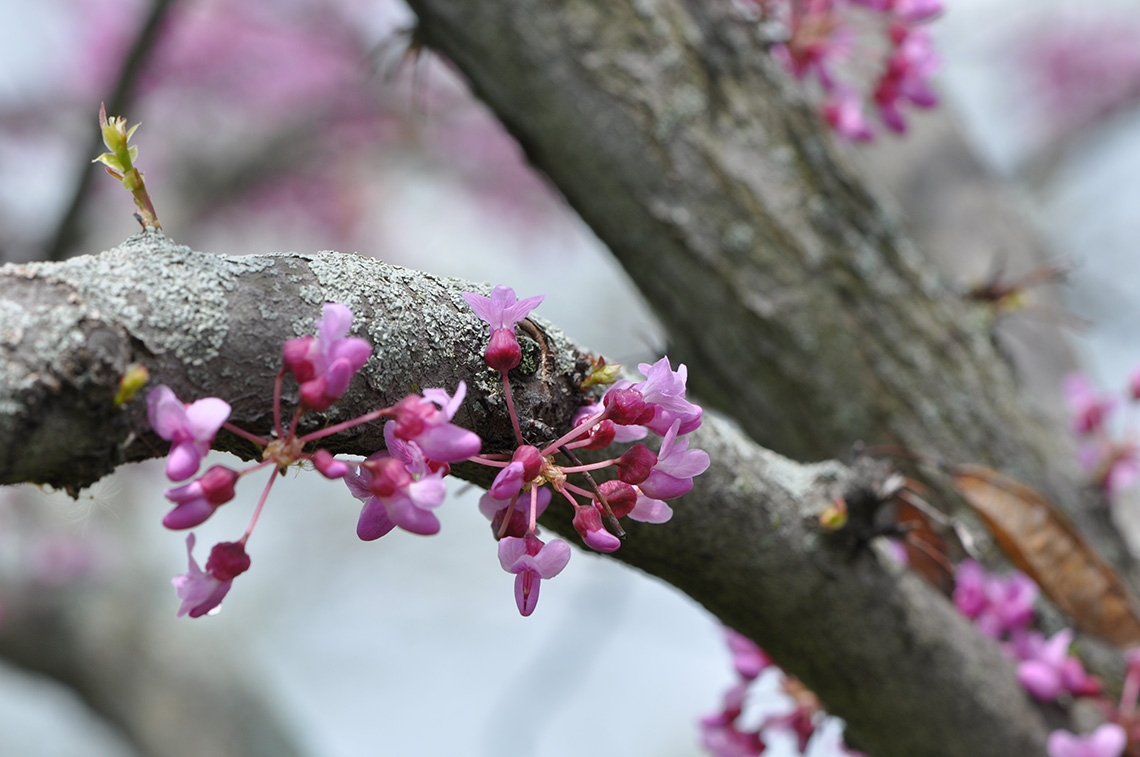
A small flowering tree native to eastern North America. Its distribution covers a large range, from just north of Mexico to Pelee Island (the southernmost tip of Ontario). Ornamental in the landscape, the Eastern Redbud is often planted for its attractive spring flowers and exfoliating bark. It naturally grows from multi-stemmed to clump in form but can be grown with a central leader.
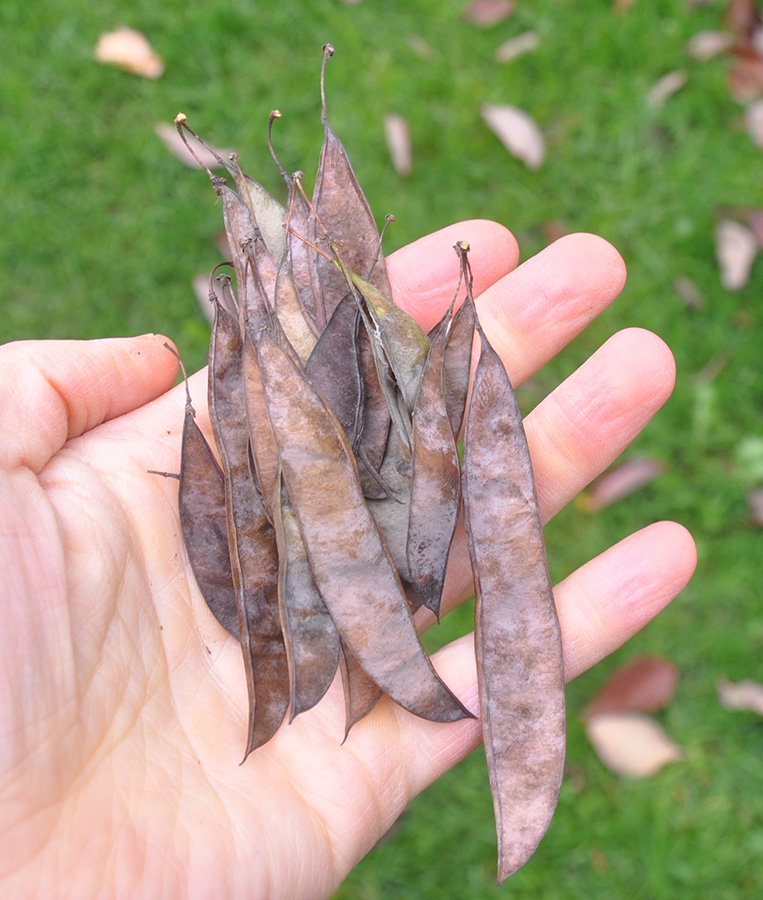
Leaves
Large, dark green leaves with potential for nice yellow fall colour. Leaves are in alternate arrangement with a cordate shape and palmate venation.

Flowers & Fruit
Pink or white flowers in late April, lasting 2-3 weeks. They are papilionaceous in form (butterfly-shaped) taking after their origins in the pea/bean family. Flowers are edible with a peppery taste. Seeds are not edible.
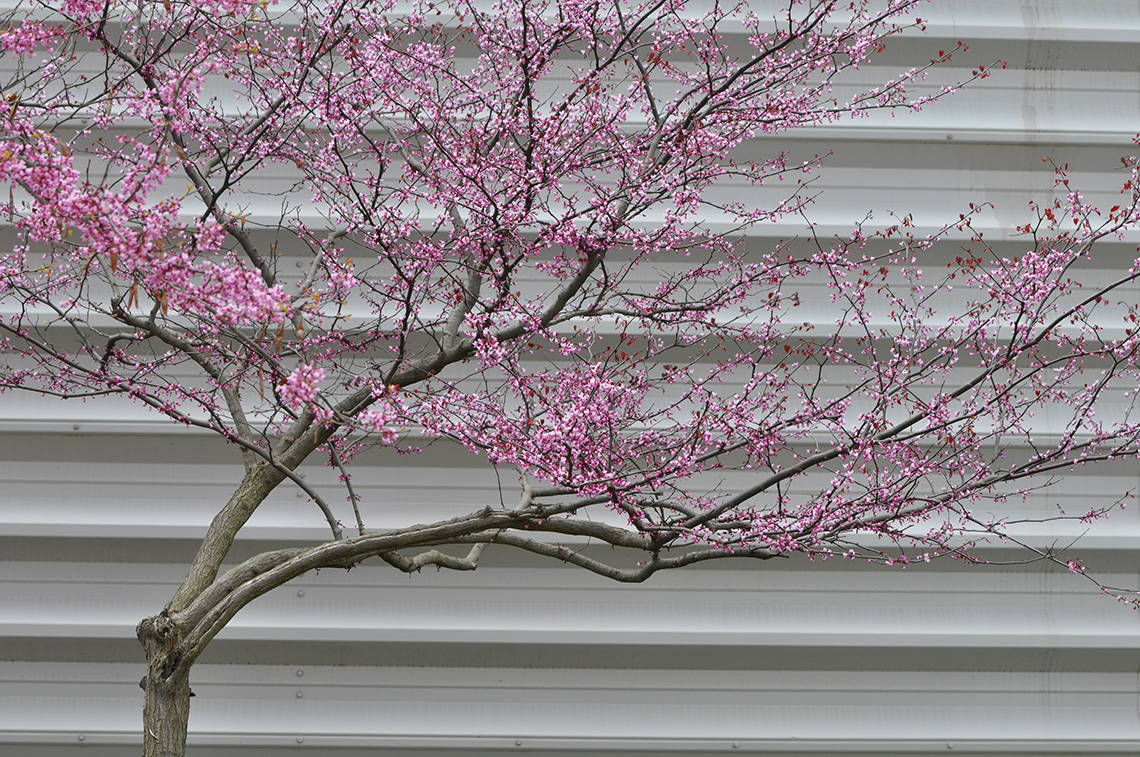
Twigs & Buds
Dark purple-black stems with small, white lenticels on young branches. The bark on older wood has hints of red and orange with an exfoliating texture. Buds are nearly black in color.

Popular Cultivars
- 'Forest Pansy' - purple leaves
- 'Pendula' - weeping
